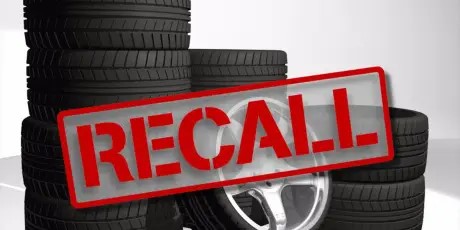
|
B arry's
Tire
Tech This is a series of articles on the technical aspects of tires, their care and usage. My primary purpose in these articles is to help people understand tires and thereby reduce the risks we all face every day. ..........and since tires is just about the only thing I know about.......... Please drop me a note if you have a topic you want to see: Barry@BarrysTireTech.com |
|
Recalls: I am going to describe how a tire recall works in the US. I don't know how it works in other countries, but I would think it would be similar. In the US, many products are subject to recall, among them cars, baby car seats, food, and, of course, tires. I am only going to talk about tires, because that is the only thing I know about. There are two types of tire recalls - Voluntary and Mandatory. A recall can be done by the tire manufacturer, or the importer. I suppose a distrubutor could do a recall of products it has under its control, such as a private brand, but other than importers, I have never heard of that happening. Obligatory: I am not a lawyer. What I am about to present is based on my experience and the regulations. My experience is from many years of dealing with them for a major tire manufacturer. Unfortunately, that experience is more extensive than I would like. However, it appears that the frequency of tire recalls for the tire industry has drastically decreased over the years. And some of my experience is with the regulations: |
|
49 CFR Part 573
Please note that this regulation covers more then just tires. Summary: |
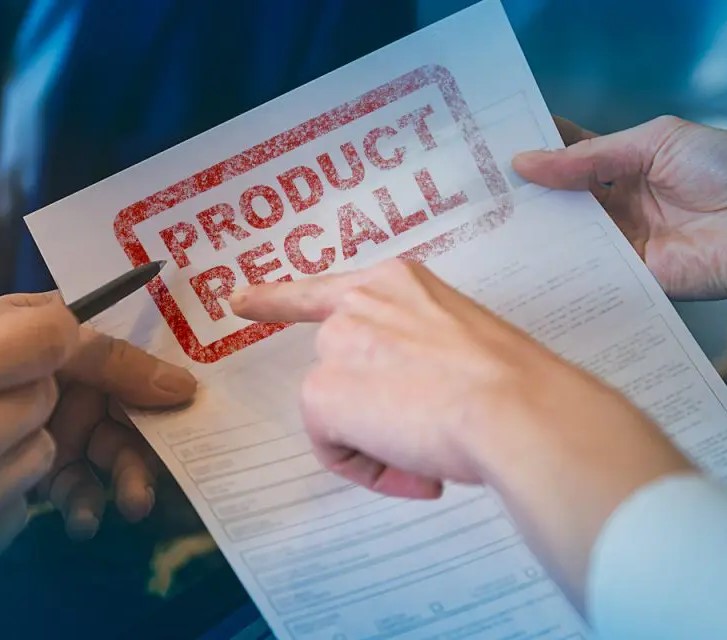
|
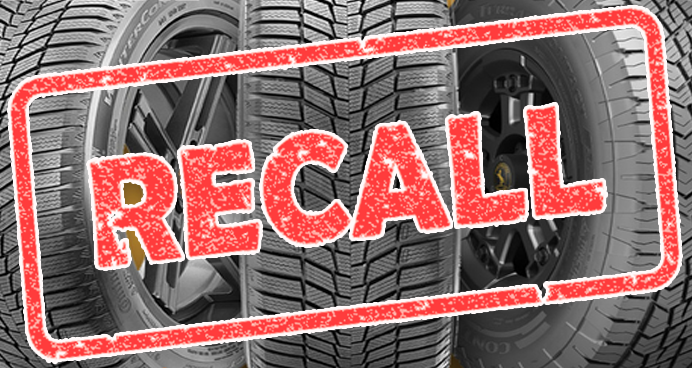
|
|
|
Mandatory Recalls are initiated by NHTSA (National Highway and Traffic Safety Administration) and failure to follow their instructions can be quite painful. The first step is for NHTSA to launch an investigation - and that results in a document called an "Engineering Analysis (EA)" which is published to justify any action the agency might take. During the investigation, engineers at NHTSA will conduct research into the failures, as well as how extensive the failures go - like date range, other prodicts, etc. Nowadays, this is fairly easy as the return data is required to be sent to NHTSA quarterly. Prior to that, NHTSA needed to get that information from the manufacturer - which means NHTSA needed some level of cooperation from the company. I do not know what would happen if the manufacturer doesn't cooperate, but I suppose it could escalate into the courts. The next step is the issuance of the recall. Usually there have been negotiations taking place between NHTSA and the company. If the company still refuses to do a recall, well ....... that has never happened and I suspect the courts would be involved. Yeah, yeah!! Huge Weird Al fan!! |

|

|
In a Voluntary Recall, the tire manufacturer (or tire distributor) decides. I think it is obvious why a manufacturer would be on the list, but a distributor? If the distributor is the importer of record - OR - he is the sole distributor! That distributor, not the manufacturer, would incur all the responsibilities and expenses involved. I am not going to go into how these decisions are made as there are many ways a tire manufacturer (or tire distributor) can decide that a recall is needed. I am going to talk about what happens after that. Once the decision is made, the manufacturer will write a letter to NHTSA, informing them of the recall. The letter will include the following: |
All of this is done at the manufacturer's responsibility and expense. |

|
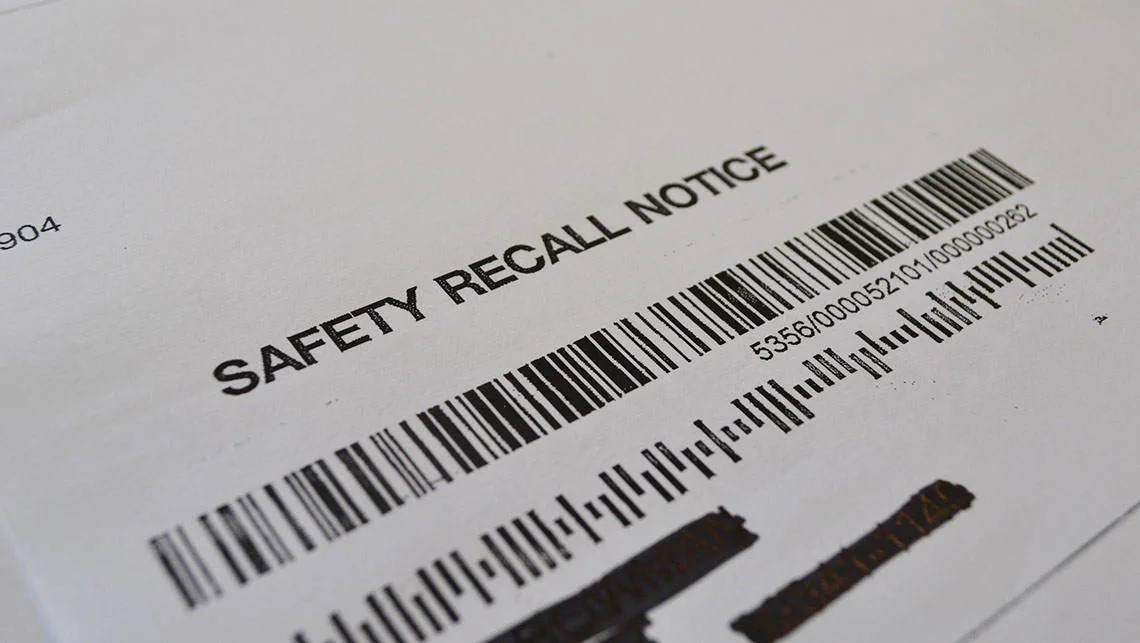 |
|
|
NHTSA requires a followup letter on the status of the recall. Typically, the quantity of tires collected is made. If not enough tires have been collected, NHTSA will ask the company to take additional steps. Usually this means resending the letters, and I suppose other things could be required, but I've never seen that happen. NHTSA has a service where they will notify you on any recall. Here's a link: NHTSA: Recall Subscription | 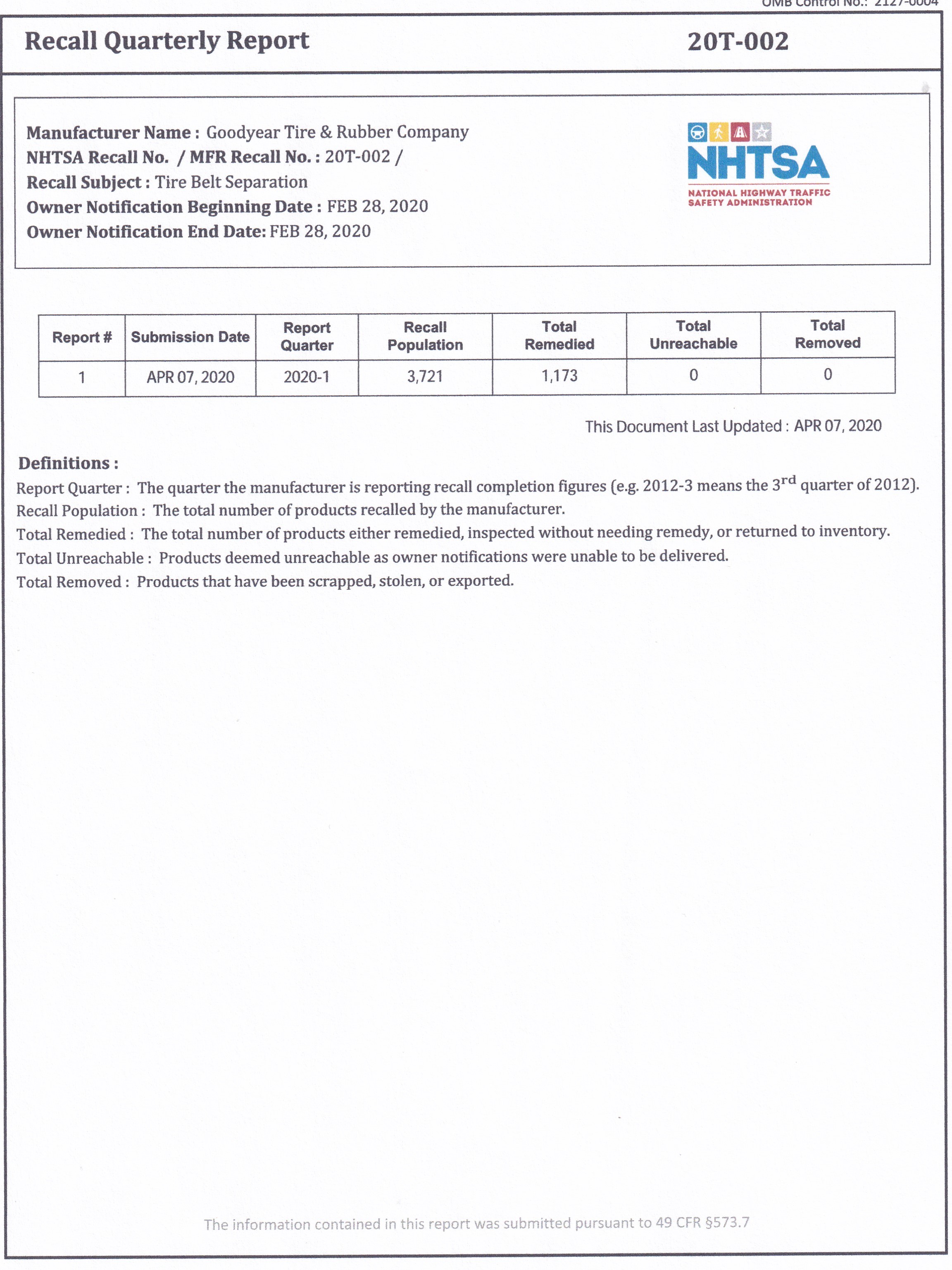 |